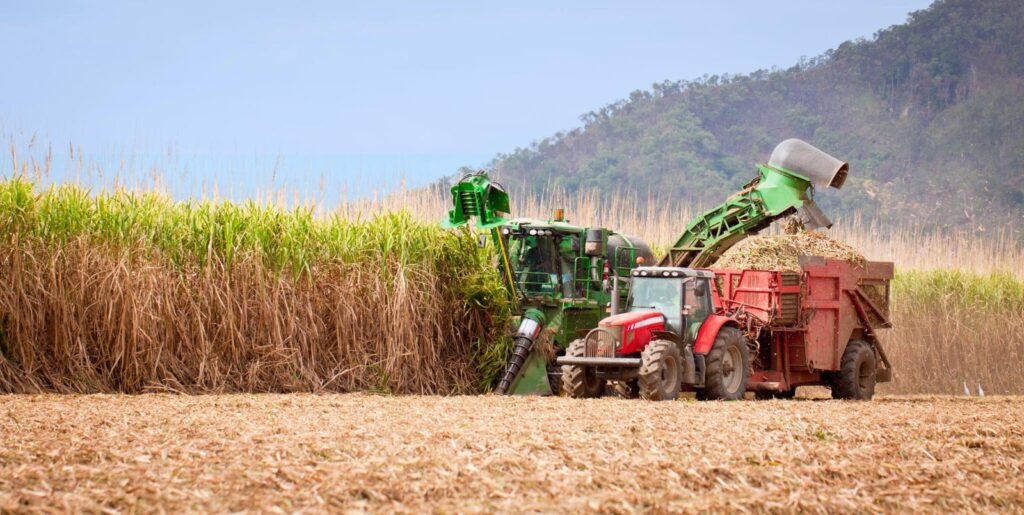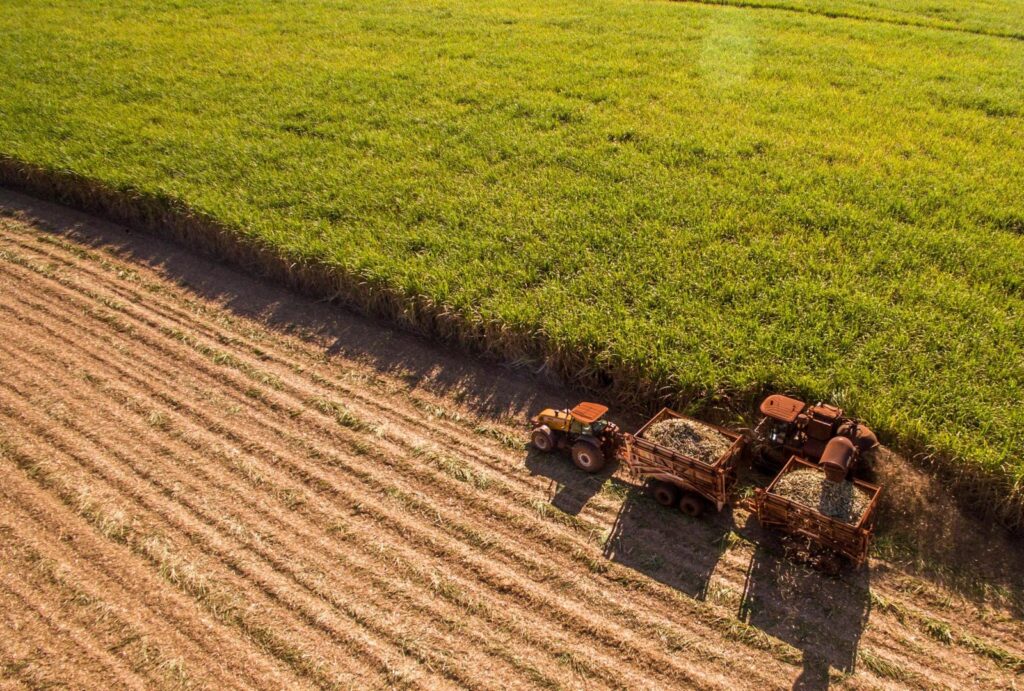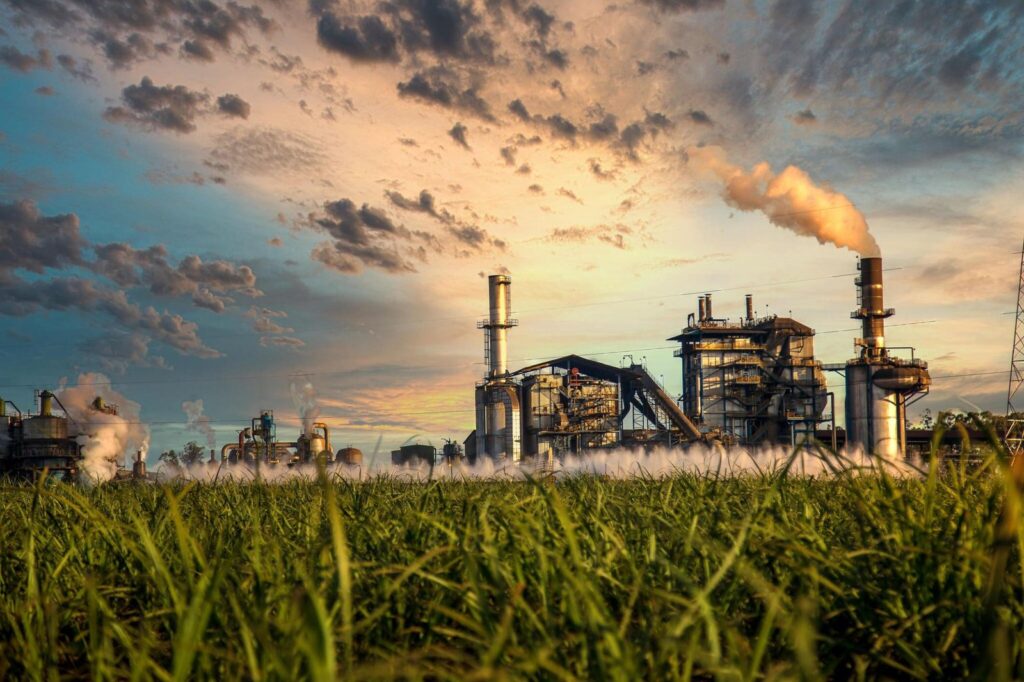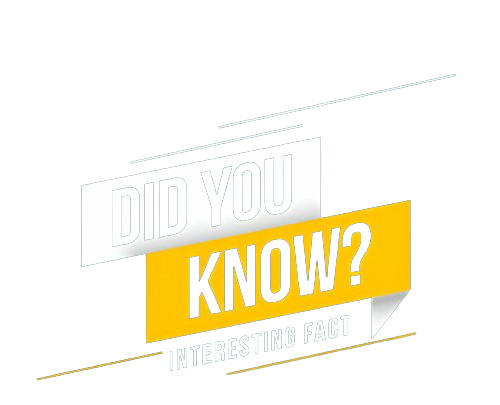Raw Sugar is a staple ingredient in many households, used in everything from baking to sweetening beverages. However, have you ever contemplated the process of sugar production? In this article, we’ll take a closer look at the process of making raw sugar, from raw materials to packaging the final product.
1. How is Raw Sugar Made?
Raw sugar is made from sugarcane, a tall perennial grass native to tropical regions. Making raw sugar involves several steps, including harvesting, milling, and refining.
1.1 Harvesting Sugarcane

The first step in making raw sugar is harvesting sugarcane. Sugarcane is typically harvested by hand or by machines. In manual harvesting, laborers utilize machetes to sever the sugarcane stalks in proximity to the ground. In machine harvesting, large machines cut the sugarcane and strip the leaves from the stalks.
1.2 Milling
At the sugar mill, workers crush the sugarcane to extract the juice. They then filter the juice to remove impurities and heat it to evaporate the water, leaving behind a thick syrup called “cane juice.”
Large vats boil the cane juice, causing the sugar crystals to form. Following this, we segregate the crystals from the liquid and subject them to drying. This procedure yields raw sugar characterized by its brown hue and molasses content.
1.3 Refining
The refinery further processes raw sugar to remove impurities and produce the white granulated sugar we are familiar with.
The first step in refining raw sugar is to dissolve it in water. Subsequently, the resultant solution undergoes filtration to eliminate any residual impurities. We then heat the solution and treat it with lime, which helps to remove any remaining impurities and adjust the pH level.
The solution undergoes a series of evaporators, which remove the water and concentrate the sugar. Boiling and cooling the concentrated sugar solution causes the sugar crystals to form. Next, we isolate the crystals from the liquid and subject them to a drying process.
The final step in the refining process is to add a small amount of molasses back to the sugar to give it its characteristic color and flavor. The sugar is then packaged and ready for distribution.
2. Sugar Manufacturing Around the World
Sugar manufacturing is a global industry, with the top producers being Brazil, India, China, Thailand, and the United States. These countries account for over 60% of the world’s sugar production.
2.1 Brazil

Brazil is the world’s largest producer of sugarcane, with over 600 million tons produced annually. The country is also the largest exporter of sugar, accounting for over 20% of the world’s sugar exports.
In Brazil, producers primarily use sugarcane to produce ethanol, a biofuel, but they also use a significant amount for sugar production. The country’s tropical climate and large land area make it an ideal location for sugarcane cultivation.
2.2 India

India is the second-largest producer of sugarcane, with over 350 million tons produced annually. The country is also the second-largest consumer of sugar, with a growing population and increasing demand for sweetened products.
In India, sugarcane is primarily grown in Uttar Pradesh, Maharashtra, and Karnataka. The country’s sugarcane industry employs millions of people and is a significant contributor to the country’s economy.
2.3 China
China is the third-largest producer of sugarcane, with over 120 million tons produced annually. The country is also the largest consumer of sugar, with a growing population and increasing demand for sweetened products.
In China, sugarcane is primarily grown in the southern provinces of Guangdong, Guangxi, and Yunnan. The country’s sugarcane industry has grown significantly in recent years, with the government investing in modernizing and expanding sugar mills.
2.4 Thailand
Thailand is the fourth-largest producer of sugarcane, with over 100 million tons produced annually. The country is also the world’s second-largest exporter of sugar, accounting for over 15% of the world’s sugar exports.
In Thailand, sugarcane is primarily grown in the central and northeastern regions of the country. The sugarcane industry significantly contributes to the country’s economy, employing millions of people.
2.5 United States
The United States is the fifth-largest producer of sugarcane, with over 30 million tons produced annually. The country is also the world’s third-largest consumer of sugar, with a growing population and increasing demand for sweetened products.
The United States primarily grows sugarcane in the southern states of Florida, Louisiana, and Texas. The government heavily regulates the sugarcane industry, setting quotas and price supports for sugar production.
3. The Future of Sugar Production

As the world’s population continues to grow, the demand for sugar will increase. The sugar industry constantly evolves, adopting new technologies and practices to improve efficiency and sustainability.
One of the most significant advancements in sugar production is biotechnology. Scientists are working to develop sugarcane varieties that are more resistant to pests and diseases, require less water and fertilizer, and produce higher yields.
Additionally, there is a growing trend towards sustainable and organic sugar production. It involves using environmentally friendly practices, such as crop rotation and natural pest control, to reduce the impact of sugar production on the environment.
4. Where to Buy
There are numerous choices available for purchasing raw sugar. However, it’s crucial to compare sellers across the market to ensure the highest quality products. Amazon provides top-quality items with complimentary delivery across all regions. Additionally, its extensive network of sellers offers competitive rates in the market.
Click here to purchase raw sugar at a discounted price from Amazon.
5. Conclusion
Making raw sugar involves several steps, including harvesting sugarcane, milling, and refining. The top sugar producers are Brazil, India, China, Thailand, and the United States, with the industry constantly evolving to meet the growing demand for sugar. As consumers, it’s essential to be aware of where our food comes from and the processes involved in its production.
Similar to the raw sugar manufacturing process, there are various activities taking place in the food industry. To delve deeper into how food products are made, click here to explore further.

